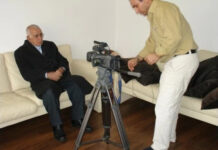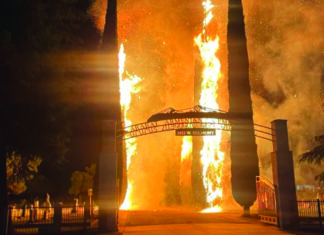By Edmond Y. Azadian
The history of the Genocide has come a long way but it has not yet met its destination. The centennial year is around the corner and it is incumbent upon all Armenian organizations and the government to take stock, review the past and identify the failures and achievements along the road so that the next five years’ struggle could benefit from that long experience.
A historical perspective is in order here to identify the real causes of genocide and to find out what would have prevented it and then deal with the consequences of that monumental tragedy.
No one can underestimate the cunning and the intelligence of the evil; they only need to be defined as qualities put into use for destructive purposes.
Talaat Pasha, the brain of the Ittihadist triumvirate, was that kind of a leader; he knew how to read and analyze history, and in light of that analysis, predict the future.
One of the clauses of the Berlin Treaty of 1878 stipulated that the Sultan to carry reforms in the Armenian provinces of the Ottoman Empire, under the supervision of European commissioners. These kinds of guarantees were provided to the Armenian subjects in order to undermine the Czarist Russian claims that it was occupying Ottoman territory, stretching all the way to San Stefano (Adrianopolis) on the Black Sea to protect minorities.









